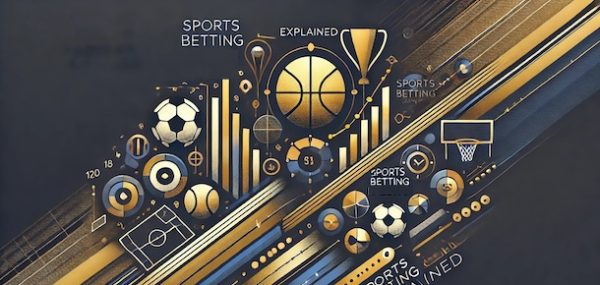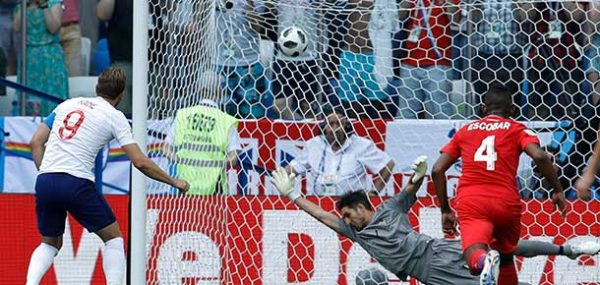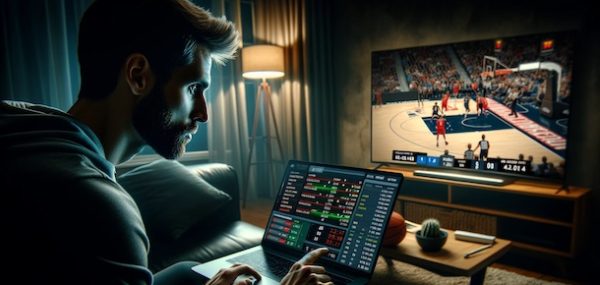How Tennis Court Surface Affects the Game?
For some people tennis seems simple because it is an individual sport where (usually) people compete one on one. It is much easier to predict results when there singles competing instead of teams, right?
Wrong. Well, on some basis, it is right, but the sport has many different variables. In tennis it is the surface of the court.
There are four (main) different surfaces: hard court, grass, clay, indoor (carpet). Each affects the game differently and gives an advantage to participants who have a different style of play.
Let’s dive into them and establish how the game changes on each of them.
Hard court
These courts are used in many Grand Slams and ATP World Tour competitions. Hard court is usually made from plastic or concrete. As the name says, the surface is hard and this is the reason why the game becomes fast paced, favoring those players who have strong serve and like to play fast points. Still, it is considered pretty democratic which means it is suitable for the majority. The ball speed and its gripping are being considered as the main characteristics. Besides that, this kind of surface increases injury likelihood.
Major competitions: Australian Open, US Open, Indian Wells Masters, Miami Open.
Grass
The England surface, as we might say. It is historic surface that has been widely used in the past. Currently, grass is not very popular worldwide with the exception of England, which has its Wimbledon competition. In the past Australian Open was also played on the grass (Australia was the part of the British Empire).
Tennis grass surface has some similarities with golf grass. Speaking player-wise the grass is the fastest surface that brings out players’ speed which becomes the key factor of winning. Good serves are very important as well as the ability to quickly get to the net and play from right here.
If you would ask why grass courts are not popular these days it is because of the price of maintenance. Grass needs to be mowed and watered frequently.
Major competition: Wimbledon.
Clay
Absolutely different surface from above mentioned. Clay gives an advantage to slower player who like to play long points from the baseline. As clay is the slowest of surfaces, it is the best suited for players who play accurately.
Games on clay usually last longer and it is very common to see players playing long points while swinging the ball from one side to another.
Clay courts typically are an unbound mineral aggregate like crushed bricks or shale. Although some clay courts can be constructed from other materials.
Major competitions: French Open, Madrid Open, Monte-Carlo Masters.
Indoor (carpet)
Indoor courts are also often labeled as hard courts. These have some very similar characteristics. However, most of tennis competitions are outdoors. Indoor court surfaces are more common among amateur players.
The best thing for them is the feeling of security – due to carpet surfaces (like rubber) it is less likely to get injured. The surface absorbs shock and helps to lower knee and ankle stress.
The game on these kind of surfaces is pretty fast.
Finally, there are even more types of surfaces, but most of them are unusual and rare to see. For example, there are wood indoor surfaces that are the fastest. But you will not see them often.
Major competitions: ATP World Tour Finals, Paris Masters.
It is pretty important to note that sometimes major tournaments change their court type. It is always a good idea to check it before starting to analyze the competition. Do not forget that and happy hunting!
Free tips, odds, the best tipsters and advices. Join us and be part of The StakeHunters Community!




